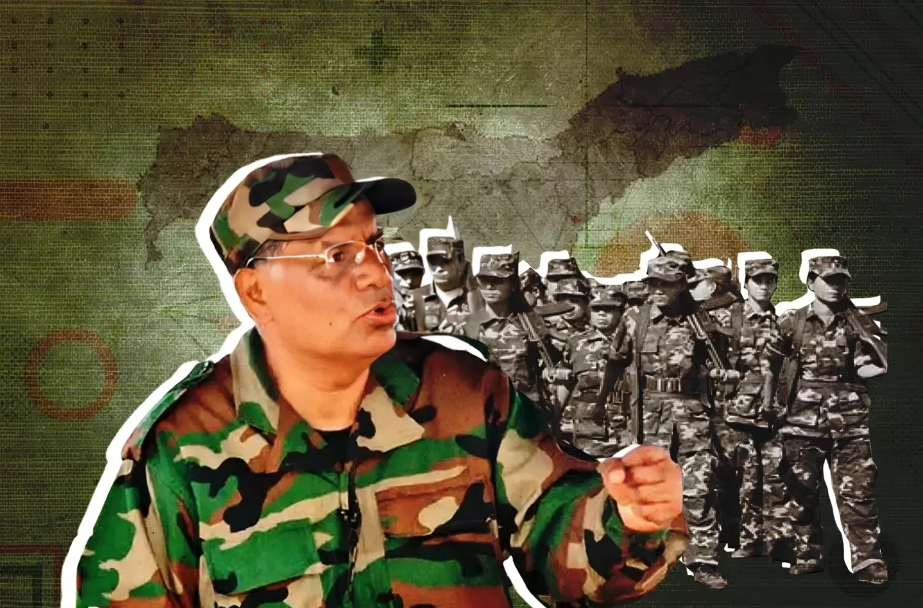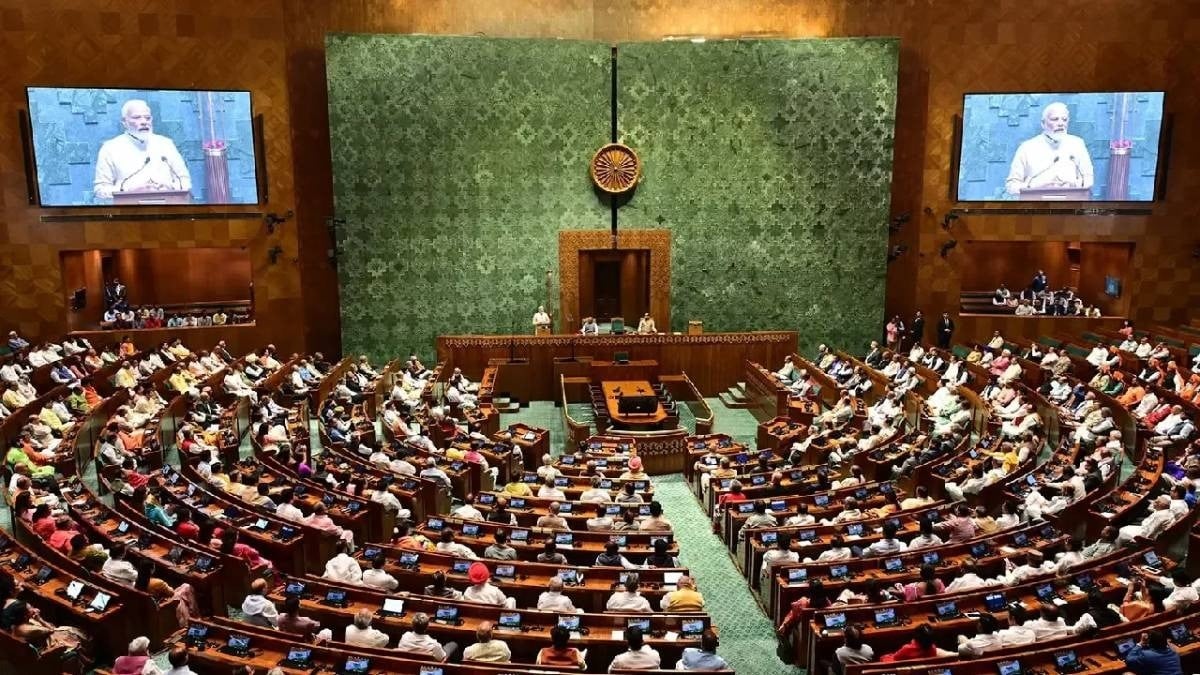On July 13, 2025, the insurgent group United Liberation Front of Asom-Independent (ULFA-I) announced it had been targeted in a pre-dawn drone strike near the Indo-Myanmar border. This incident has sparked renewed discussions regarding India’s counter-insurgency strategies in the Northeast, particularly with the group alleging that over 150 drones of Israeli and French origin attacked their bases in Myanmar’s Sagaing region, resulting in significant casualties including the death of senior leader Lt Gen Nayan Asom and injuries to 19 other cadres.
Despite these claims, the Indian Army issued a denial, stating, “No such operation was conducted.” This contradiction between the insurgent reports and the military’s official position has raised questions about the dynamics of conflict in this volatile region.
ULFA-I is the armed faction that broke away from the original United Liberation Front of Asom (ULFA) in 2012 under the leadership of Paresh Baruah, who operates from the borders of Myanmar and China. Unlike the pro-talks faction that engaged with the Indian government and agreed upon a peace accord in December 2023, ULFA-I remains steadfast in its pursuit of an independent Assam, adhering to its hardline agenda while continuing its insurgency.
Historically, ULFA emerged in 1979 during the Assam Movement, which sought to address concerns over illegal immigration from Bangladesh and rampant cultural erosion experienced by the indigenous population. At its height, ULFA was involved in several violent activities, including extortion, kidnappings, and targeted attacks, having established itself as a formidable insurgent force amassing significant financial resources.
In response to ULFA’s growing violence, the Indian military undertook operations in the early 1990s aimed at dismantling the group’s organizational structure. While Operation Bajrang struggled to achieve its aims, Operation Rhino proved more fruitful, leading to the arrest of numerous insurgents and challenging ULFA’s operational capacity. However, key leaders evaded capture and re-established their bases in Myanmar.
The split in ULFA materialized due to internal disagreements over negotiations with the government. The pro-talk faction, led by Arabinda Rajkhowa, sought to engage in dialogue, while Baruah refused to compromise on foundational demands. As a result, ULFA-I has continued its insurgency, maintaining armed camps in Myanmar and partaking in multiple operations against Indian interests, contributing to significant violence in the region.
As of 2025, estimates from the Ministry of Home Affairs indicate that ULFA-I consists of approximately 200–250 armed cadres, operating across four camps equipped with more than 200 weapons, including advanced weaponry. The group is also a member of the United Liberation Front of Western South East Asia (UNLFW), a coalition that includes several other insurgent groups from the Northeast, underscoring the complexities of counterinsurgency efforts in the region.
Paresh Baruah, a pivotal figure in ULFA-I, has a background as a goalkeeper and oil industry employee before transitioning into armed resistance. His leadership has been characterized by a staunch adherence to ideology, even at personal cost, as he famously proclaimed that his son’s safety was secondary to the broader struggle of his people.
However, despite its historical and ideological foundation, ULFA-I faces challenges in recruitment and funding. The group’s financial strategies have been curtailed, reflecting a broader backlash from the local populace due to decades of violence. Recent reports indicated attempts to orchestrate attacks during national celebrations, revealing the group’s calculated but desperate measures to assert relevance.
The geopolitical context has also played a role in ULFA-I’s operations. Following the military coup in Myanmar in 2021, the effectiveness of cooperation between Indian and Myanmar forces deteriorated. This allowed ULFA-I to exploit ungoverned areas along the porous 1,600-kilometer border, complicating counter-insurgency initiatives.
The Indian government has adopted a multi-faceted strategy incorporating military pressure through technology-enabled surveillance and cross-border operations, as well as peace talks with more moderate factions and economic incentives aimed at fostering development and political inclusion.
Although ULFA-I continues to be seen as a threat to India’s national integrity, its operational capacity appears to be dwindling. The reported drone attacks, if authenticated, could signify a notable shift in counter-insurgency tactics, potentially marking a move towards more sophisticated forms of warfare.
For sustained peace, it is imperative for India to address the underlying grievances of the local population, including issues of employment, immigration, and equitable development, while employing thoughtful security measures and governance strategies to neutralize threats effectively. This approach could lead to a more stable and secure environment in a region long afflicted by insurgency and conflict.










